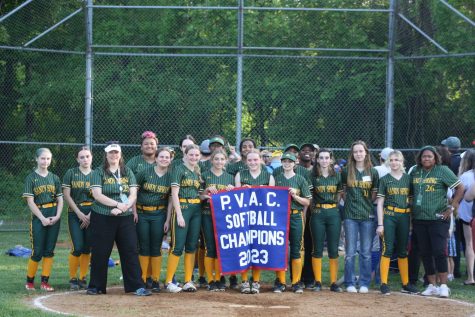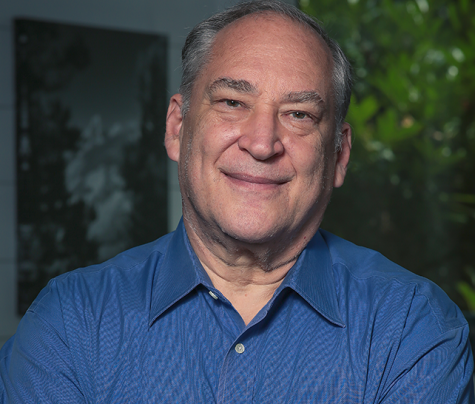We Aren’t Doing Enough About Teen Suicide
April 24, 2021
Trigger warning: This article contains mentions of suicide, gun violence, and abuse. If you or someone you know is contemplating suicide or gun violence, please don’t be afraid to reach out. Call the national suicide hotline at 800-273-8255 or talk to a trusted adult. If you or someone you know is experiencing abuse, call the abuse hotline at 1-800-422-4453, give an anonymous tip, or talk to a trusted adult. If you are struggling with thoughts of suicide, self-harm, or any other mental health crisis, you can also text “HOME” to 741741.
With the loneliness and isolation that comes along with COVID lockdowns, the conversation has been opening up more about mental health, depression, and suicide. Even in school, a student under the pressure of classes, friendships, relationships, and all of the changes that come from being a teenager, may find it easy to feel stressed or alone. This is especially true during the stressful and isolating situation that is the pandemic. For some teens, added stress comes from hostility at school or at home. Students who reported experiencing bullying at school were found to be at a higher risk for suicidal behavior. Connections have also been found between childhood abuse and teen suicides Overall, suicide rates for ages 15-19 have risen from 8.4 to 11.1 in 100,000 since only 2016. 18.8% of American students reported genuinely considering suicide and 15.7% of them made a plan to commit suicide– enough to be admitted for inpatient psychiatric treatment. This is where the school should be expected to step in or have precautions in place, given that suicide is the 2nd leading cause of death for 15-24 year olds. However, teen death by suicide is largely preventable by the school system in two ways: by reducing risk factors within schools such as bullying and abuse, and finding help for students that are already showing signs of suicidal ideation. Since school is such a large part of adolescents’ lives, and it may be the only place some struggling teens feel they can turn to, schools have a responsibility to recognize and guide students through their struggles during the difficult years of middle and high school.
The clearest way for schools to prevent suicide is to prevent bullying, which often happens inside of the schools themselves. While schools may put up anti-bullying posters around the campus, they often fall short of stopping actual bullying- especially more covert types such as relational bullying, social bullying involving tactics such as gossiping and exclusion, and is most common in girls. While 21-46% of adolescents report being a victim of bullying, 70.6% of them admit to being a bystander. Whether it’s relational, physical, or cyber, schools need to create a culture that actually stands against bullying- and the amount of students complicit in bullying are part of the problem too. A stance against bullying also includes an active stance against racism, homophobia, and other forms of bigotry, as Black and LGBTQ+ students are more likely to be victims of bullying, and are also at a higher risk of suicide.
Bullying is not only a cause of concern for its victims and their loved ones, but for their peers as well. As suicide rates increase, so do murder-suicide rates, as 1-2% of suicides include murder. This phenomenon not only shows how dangerous ignorance of suicide is for schools, but also how preventing suicide and bullying can also prevent murder-suicides such as school shootings, 40% of which involved the perpetetrator’s suicide in a 2014 study. More than ¾ of school shooting incidents happen after a traumatic incident, such as bullying, happens to the shooter at school. Time and time again, schools have been accused of ignoring signs leading to deaths within their walls. In 4 out of 5 school shootings, someone else knew about the killer’s plan. If schools are negligent about bullying and other murder-suicide risk factors, they should be held accountable for the deaths of students through their negligence.
However, some of the suicide crisis can also be attributed to issues going on outside of school grounds, as well. Research shows that abuse suffered at home- such as childhood sexual, physical, and emotional abuse, as well as neglect- can cause suicidal behaviors in teens. Giving teachers training on identifying and reporting signs of abuse may help limit abuse suffered by children in their classes. Systems for early intervention, such as teacher reporting signs like the student’s behavior and their caretaker relationships can help to prevent later effects of abuse, including suicidal ideation. With early intervention and in-school support, schools may be able to prevent later suicides.
Not only can unresolved childhood trauma cause suicidality in the student themself, but in their peers as well. Vicarious trauma, also known as secondary traumatic stress, is defined as the exposure that mental health workers have from witnessing the pain and fear of trauma survivors after hearing their stories. While this often happens to medical professionals, it can also happen to friends of abuse survivors after experiencing the effects of their friend’s abuse. This can cause PTSD symptoms without being exposed to trauma directly. These symptoms include suicidal thoughts and feelings of hopelessness. If even clinicians are unable to handle the stress of hearing about and handling the trauma of their clients, it makes it nearly impossible for teens that are untrained in the field to help others through a crisis on top of handling their own mental health. This is yet another scary consequence caused by lack of school-sponsored support and training for students facing abuse and struggling with suicidal thoughts.
Beyond prevention, schools should also have systems in place to support students struggling with suicidal ideation. Other teenagers are not able to monitor and treat their peers’ suicidal thoughts. Anecdotally, students have noted a lack of action by school administrators for both themselves and their peers when their mental health is declining. After 6 suicides in one year at a Utah high school, students recounted that many of the deaths were preventable as students showed signs beforehand, and were angry with the administration’s lack of action. However, this doesn’t always have to be the case. Many schools have been able to implement programs to identify and aid struggling students. For example, a school in New Jersey has sent out social workers to check on students and their families who may be struggling in the pandemic. Schools also may have a screening program for suicidal behavior, which is shown to find double the amount of at-risk students. Some schools take to phones to solve this issue. However, it may become a risk factor in itself as desire for greater autonomy is cited as a stress factor in adolescents. Screening programs, including staff training, in-school psychological aid, and mental health awareness in administrators are all systems that can greatly reduce student deaths.
Schools have the ability to, and should be expected to, screen and provide support for students struggling with suicidal thoughts. Schools are in a unique position to recognize and help students that are struggling, and their negligence is unacceptable.






